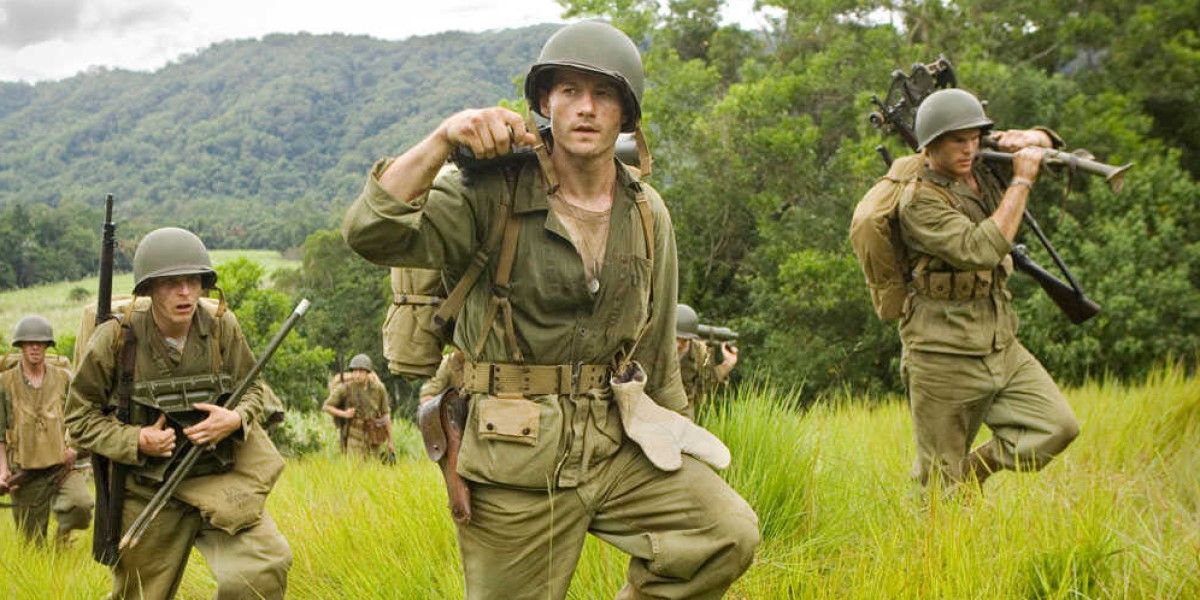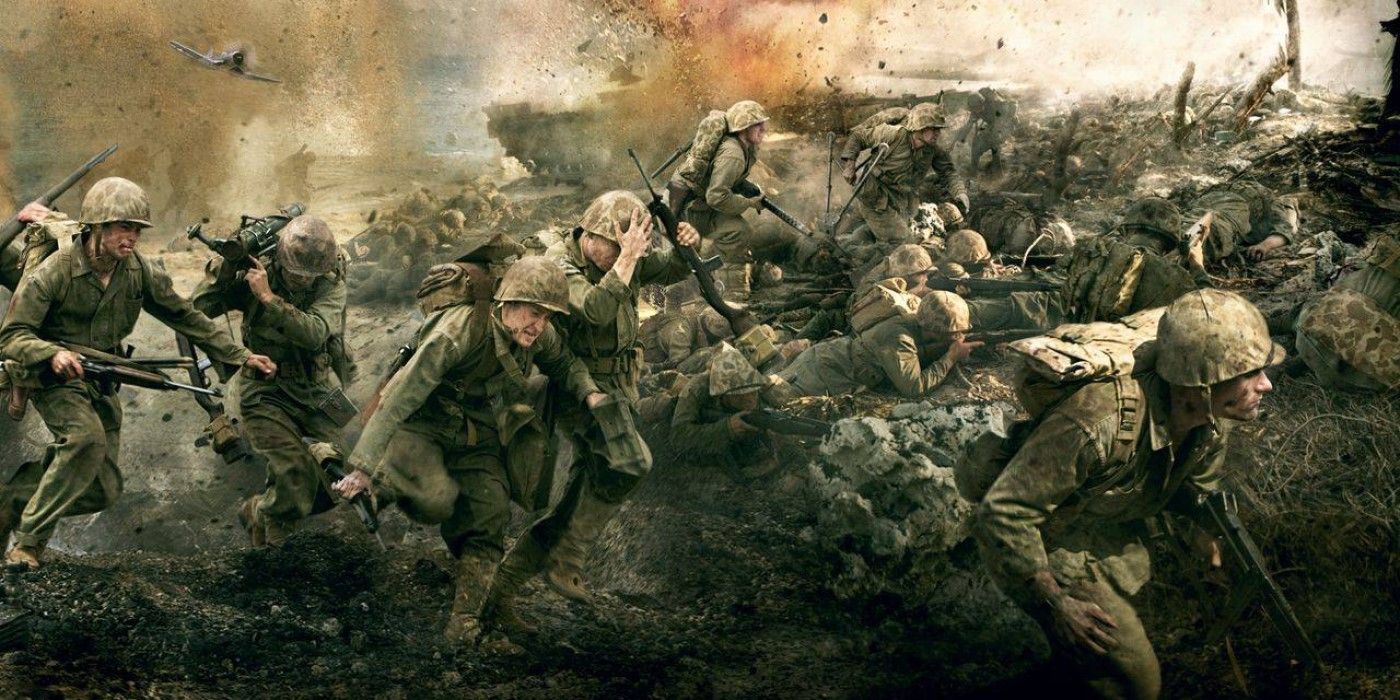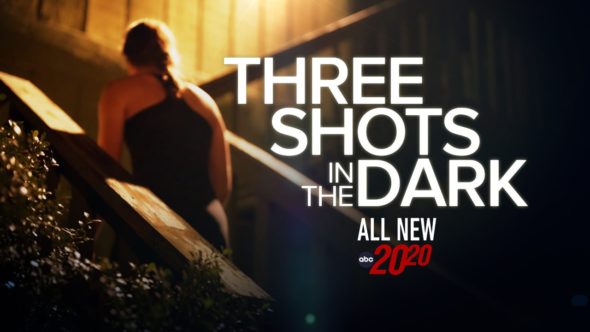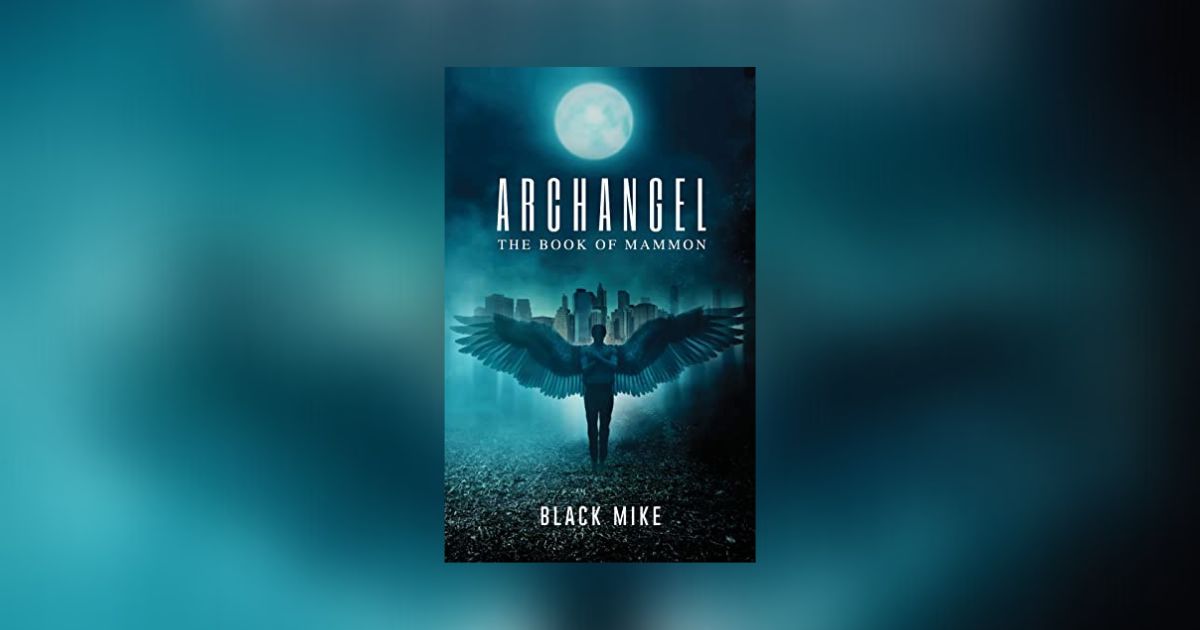The Big Picture
- The Pacific explores the Allies’ campaign in Asia during WWII, providing an authentic depiction of the war’s realities and the mindset of soldiers.
- The series has a talented ensemble cast, with standout performances that portray the loss of innocence and the emotional toll of warfare.
- The combat scenes in The Pacific are even more intense and chaotic than those in Band of Brothers, showing the darker side of war and its lasting effects on soldiers.
Although there have been great war films ever since the earliest days of cinema, the groundbreaking limited series Band of Brothers was a game-changing television event that changed HBO forever. Unlike past prestige television productions, Band of Brothers hailed from producers Steven Spielberg and Tom Hanks, who established a sizable budget crafting an in-depth exploration of the exploits of the men in “Easy Company” throughout World War II. Although Band of Brothers was so gritty that it became miserable for the actors to shoot, it ultimately tells an uplifting story about the power of heroism to confront unsustainable evil. Comparatively, Band of Brothers’ sequel series The Pacific was a far more caustic analysis of the loss of humanity during combat. The darker, more intense series captured the same brutality as Band of Brothers, but drew entirely different conclusions about the merits of warfare.
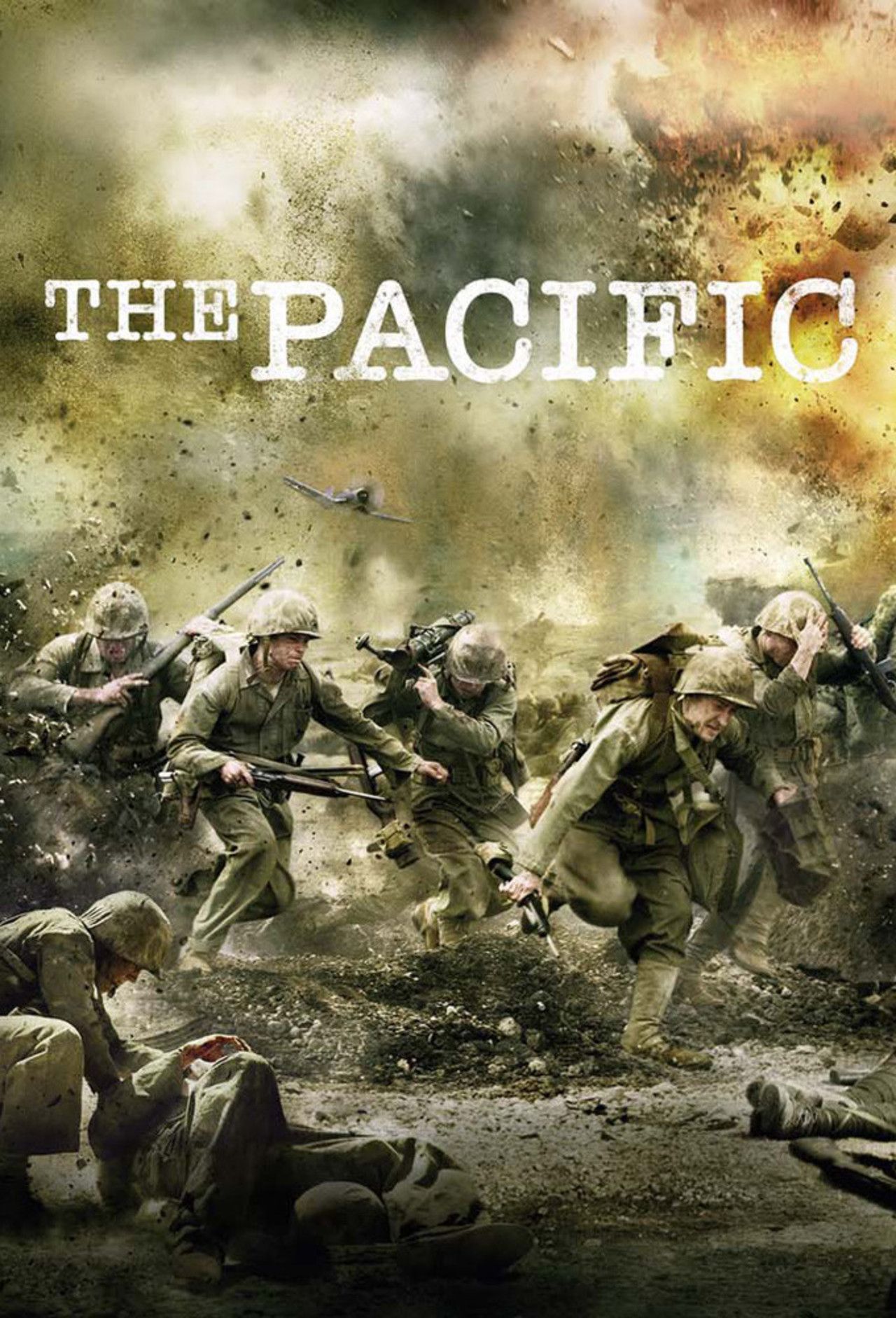
What Is ‘The Pacific’ About?
While Band of Brothers follows a large ensemble of characters during their service in several key battles in Europe, The Pacific examines the Allies’ campaign to seize Asian territories during World War II. Like Band of Brothers, The Pacific was based on a true story, and drew inspiration from the memoir With the Old Breed: At Peleliu and Okinawa and China Marine, the nonfiction novel Helmet for My Pillow, and the historical account Red Blood, Black Sand. Although these sources provided important historical facts and figures about the specific battles depicted in the series, their value added the perspective of the soldiers that had served. By incorporating key details about the realities of serving overseas and the mindset of the soldiers, The Pacific was able to capture a more authentic depiction of what the war was actually like.
It was also a much less sprawling series than Band of Brothers, as The Pacific primarily focuses on three main characters, whose exploits are chronicled both before and after the war. The series begins by showing the future soldiers Robert Leckie (James Badge Dale), Eugene Sledge (Joseph Mazzello), and John Basilone (Jon Seda) during the moments before the attack on Pearl Harbor initiates the United States’ involvement in World War II. The scenes are crucial, as it was important to establish what these characters’ reality looked like before they were exposed to the hell of war. Somehow, the most gripping moments of The Pacific in the heat of combat feel all the more heartbreaking when compared to the charming innocence of these early scenes.
‘The Pacific’ Has a Great Ensemble Cast
While the series never seems to lionize warfare itself, The Pacific shows that each soldier’s story is different by exploring their motivations for joining the war. Like many of his brothers-in-arms, Leckie immediately enlists in the aftermath of Pearl Harbor, as he feels that it is his duty to protect the nation. Despite his initially nationalistic rhetoric, Leckie begins to understand the ramifications of the war, as he is exposed to significant violence and undergoes severe psychological trauma. It’s heartbreaking to watch the radical shifts within Leckie’s personality; he goes from being a charismatic ladies’ man before the war to a stern, cynical recluse. The show’s earnest depiction of mental health trauma makes it stand out in comparison to other nonfiction depictions of warfare.
Similarly, Mazzello’s performance as Sledge conveys the loss of innocence in warfare as he’s forced to question the value of his service. Sledge’s story is among the most empathetic, as he is initially denied the chance to serve due to his physical meekness and overbearing father. Although Sledge is able to survive the physical rigors of boot camp, the hectic firefights of the Pacific Theater give him severe PTSD, making it hard for him to find the same passion for the service that he did prior to entering the conflict. The scenes focusing on his reunion with his family are absolutely gut-wrenching, as it is clear that he is not the same man that he was before. Although Mazzello was previously best known for his role as Tim Murphy in the Jurassic Park franchise, The Pacific certainly proves his merits as a dramatic actor.
Although he doesn’t appear until the middle of the series, Rami Malek’s performance as Snafu Shelton gives the series additional emotional weight. Although Snafu’s excitability often gets the better of him, he becomes the friend that Sledge needs during the brutal Battle of Okinawa. The quiet, reflective moments between these two men, as they reflect on their futures, are among the most tender scenes in the entire series; it was important for The Pacific to show what these men were actually fighting for. Malek’s terrific performance ended up becoming one of his most important breakout roles.
‘The Pacific’ Has More Brutal Combat Scenes Than ‘Band of Brothers’
While Band of Brothers has some truly heart-pounding moments, The Pacific featured even more intense depictions of combat that focused on the chaotic nature of war. It becomes hard to distinguish friend from foe when the bullets are flying at such rapid rates, and the series does a great job of showing how overwhelming these battlefields are for men like Sledge and Snafu. The show explores that in reality, war is nothing like what they experienced in boot camp, and they can’t expect their opponents to have the chivalry that they do. The series heads in a darker direction as it shows how soldiers on both sides begin to sacrifice their humanity as they fall prey to their darkest desires.
The Pacific goes beyond the confines of the combat field themselves by showing what life was like for the soldiers after the war’s conclusion. The Pacific’s final episode, ”Home,” shows how Leckie, Sledge, and Snafu are so burdened by what they witnessed that adjusting back to a “normal” life is a significant challenge. After witnessing the brutality that their fellow man was capable of, having optimism about the future is much more difficult. While most World War II stories tend to idealize the “coming home” aspect of the story, The Pacific examines the lasting ramifications that these soldiers’ experiences have on the rest of their lives.
The Pacific is available to stream on Max.
























































![Key Metrics for Social Media Marketing [Infographic] Key Metrics for Social Media Marketing [Infographic]](https://www.socialmediatoday.com/imgproxy/nP1lliSbrTbUmhFV6RdAz9qJZFvsstq3IG6orLUMMls/g:ce/rs:fit:770:435/bG9jYWw6Ly8vZGl2ZWltYWdlL3NvY2lhbF9tZWRpYV9yb2lfaW5vZ3JhcGhpYzIucG5n.webp)


